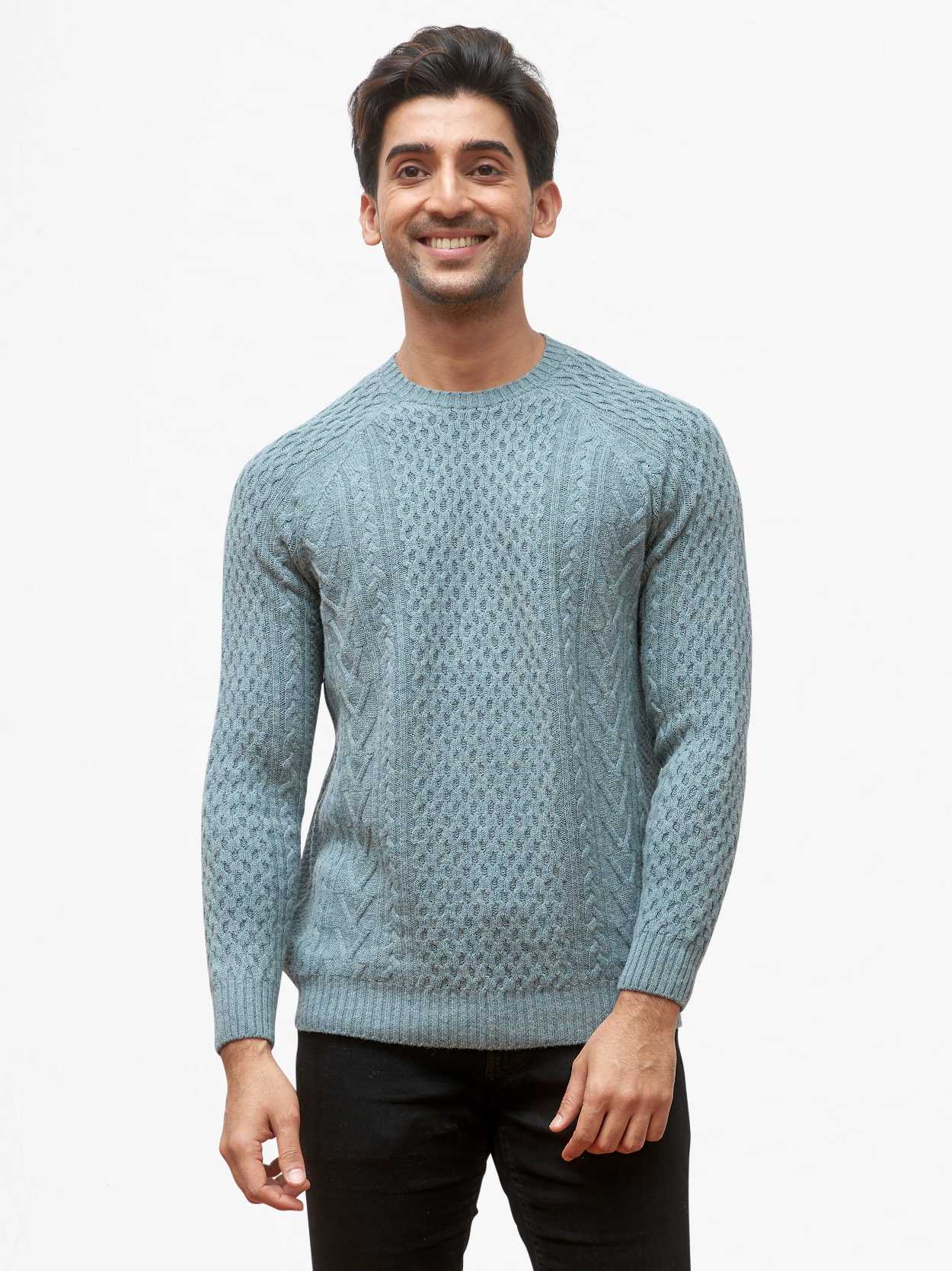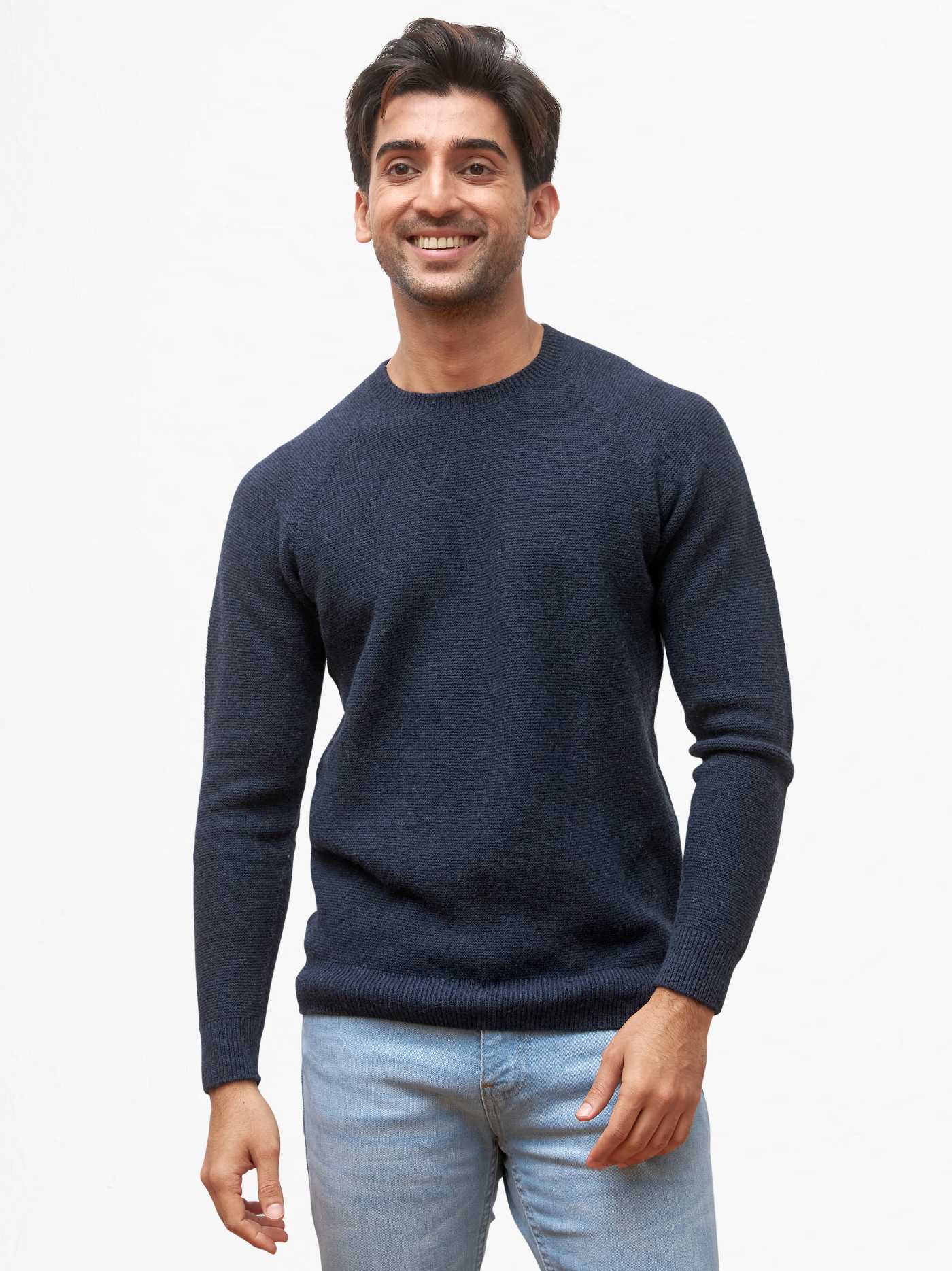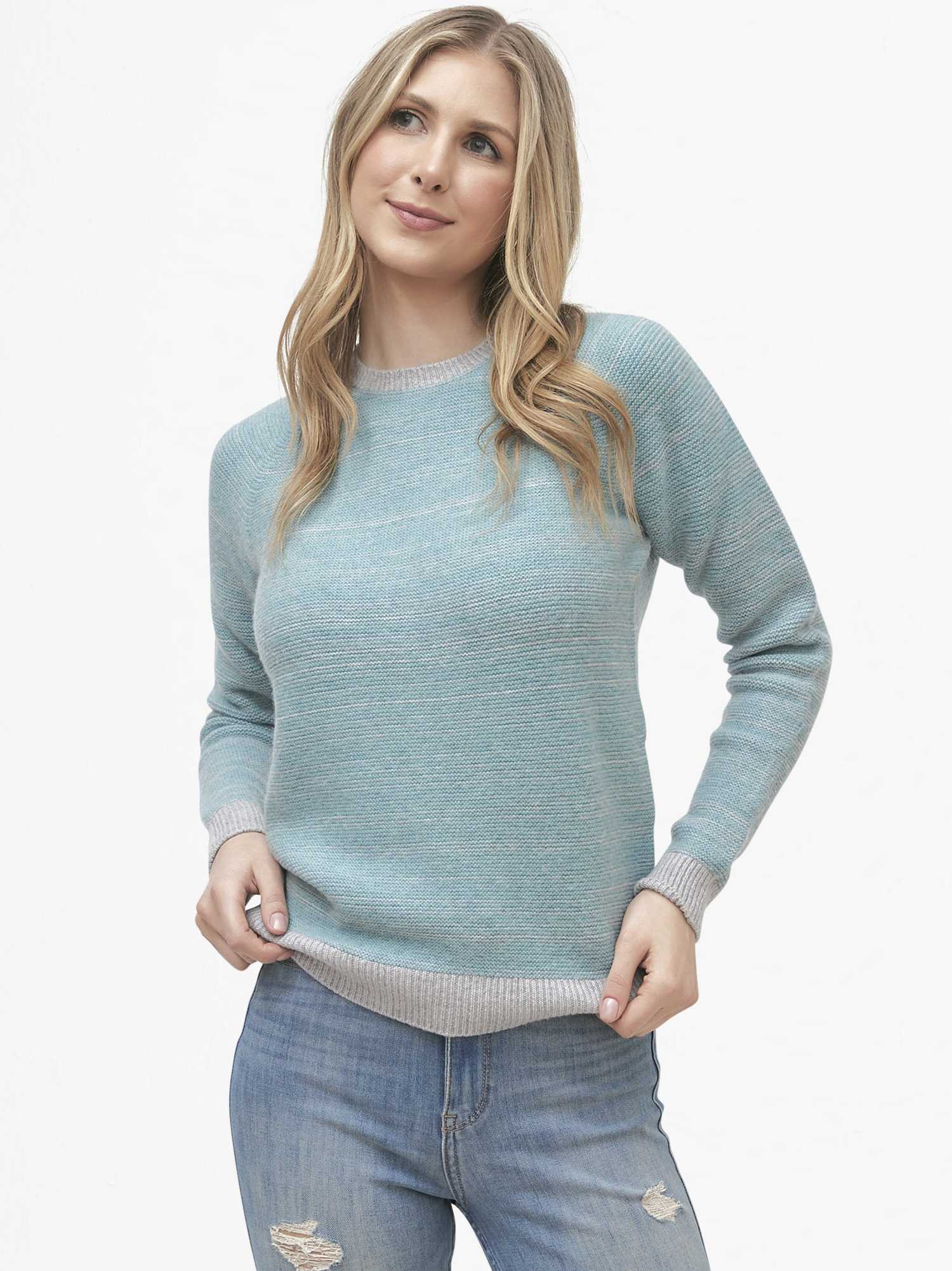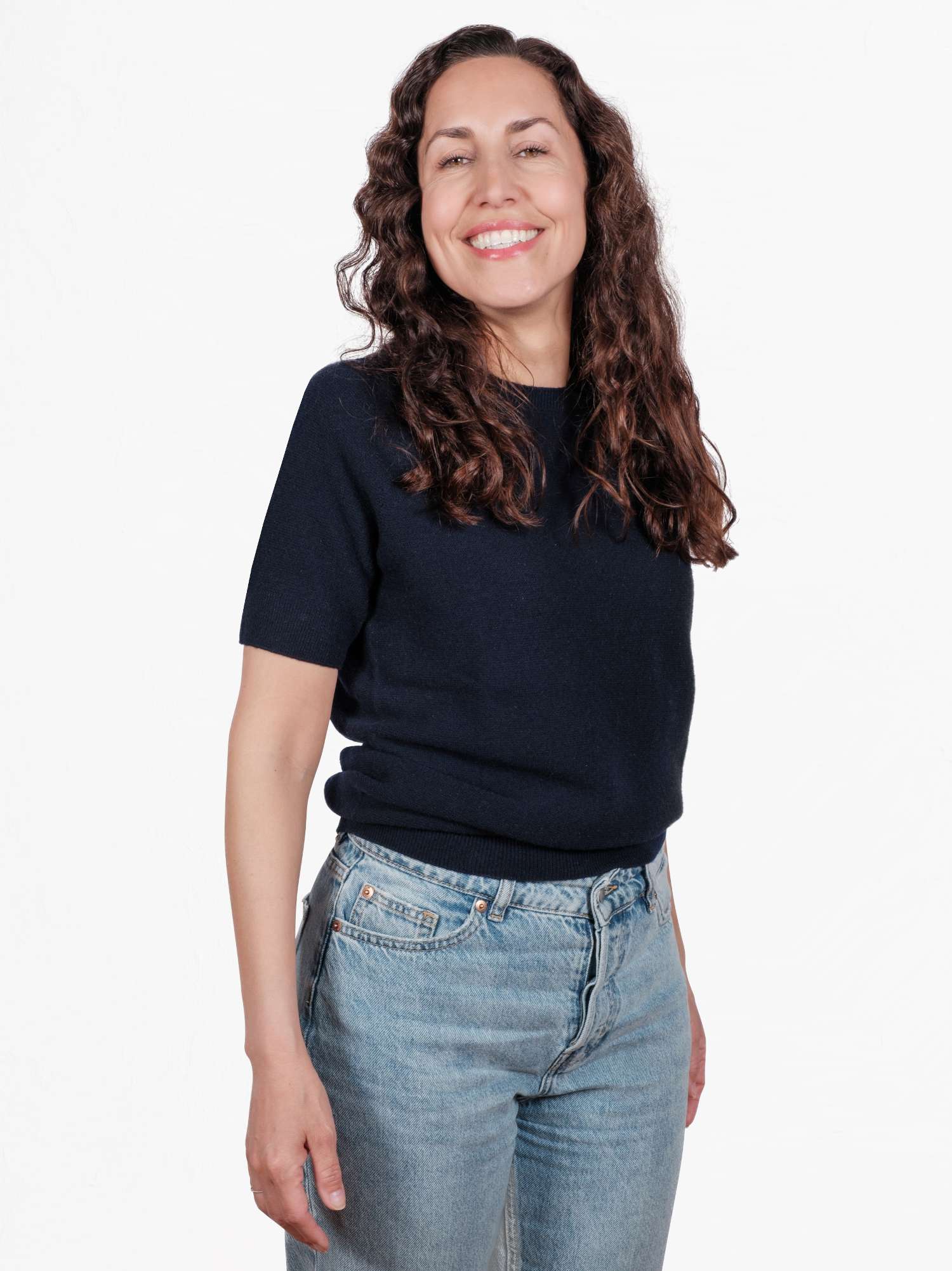Yak Wool: The Ultimate Guide
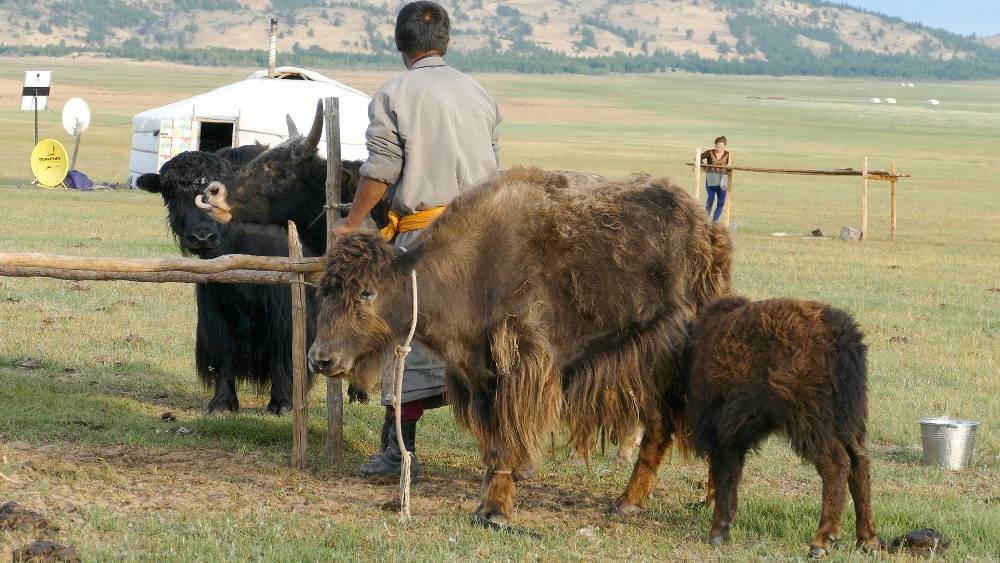
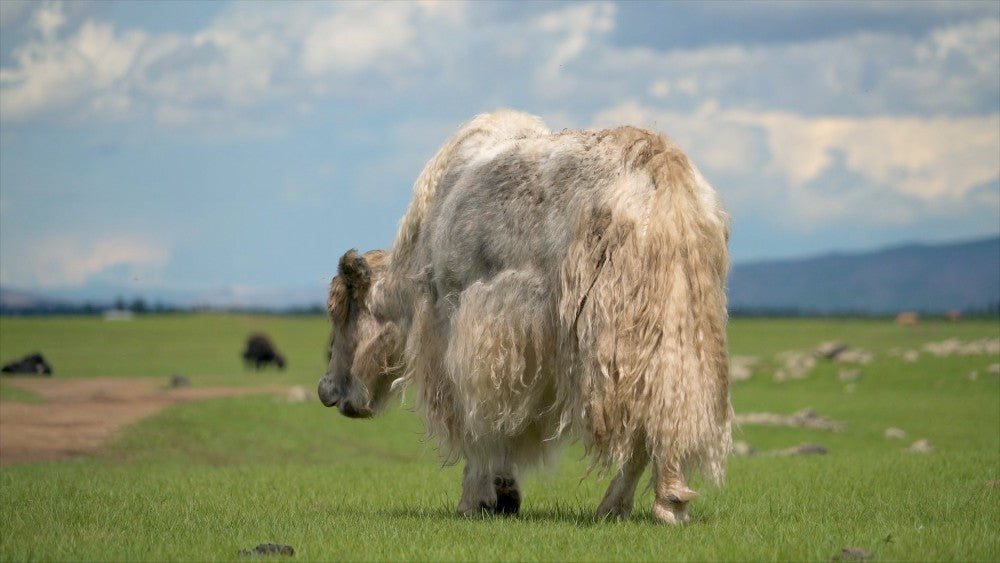

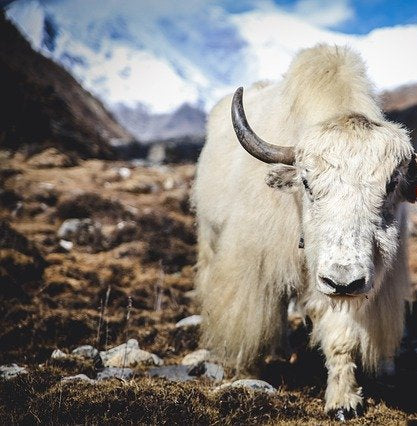
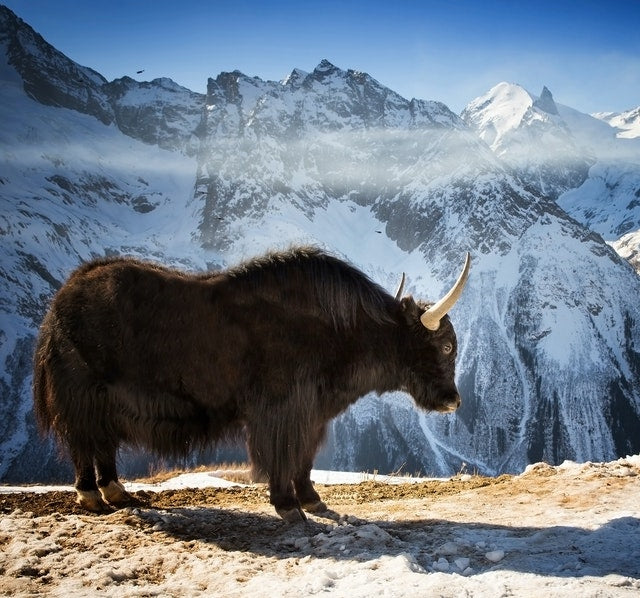
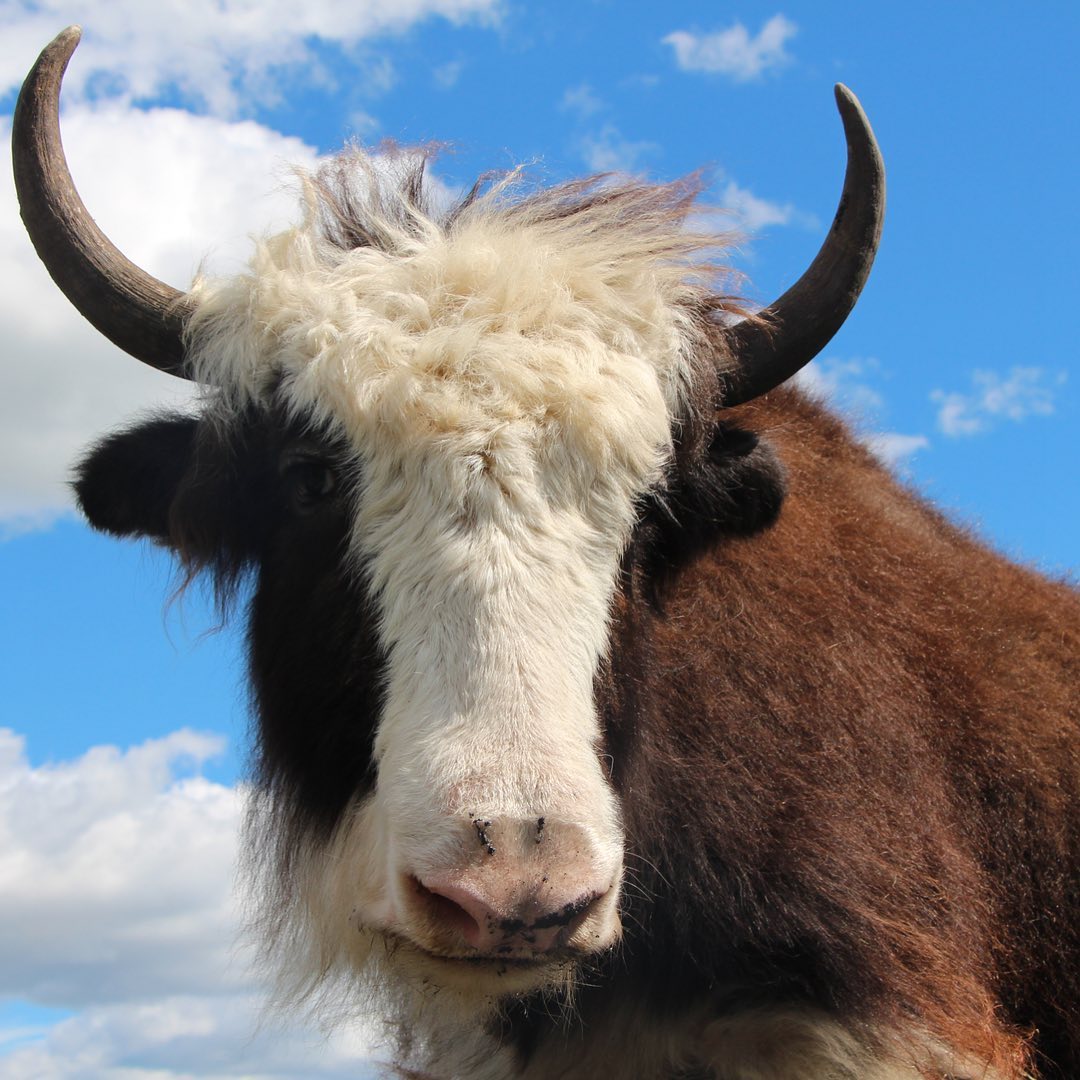

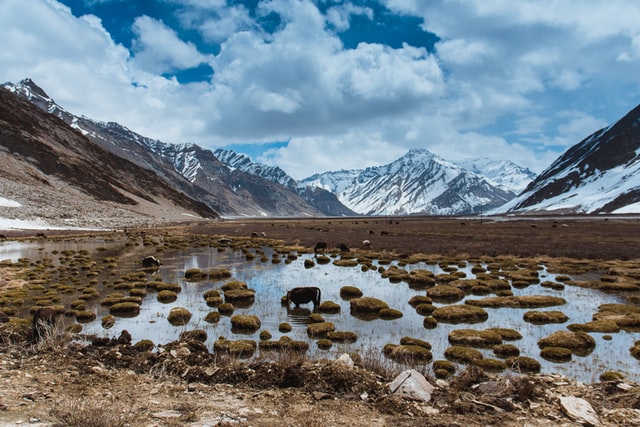

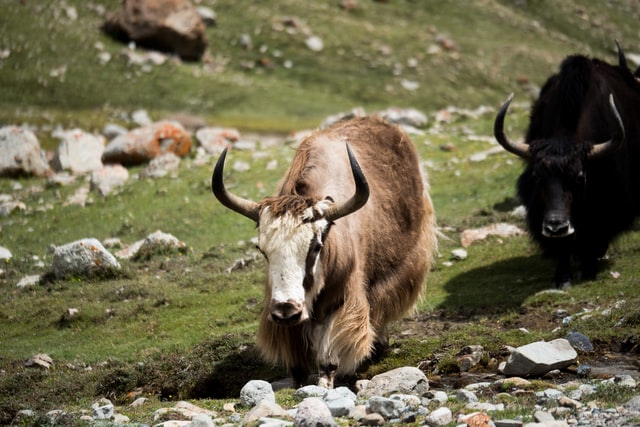
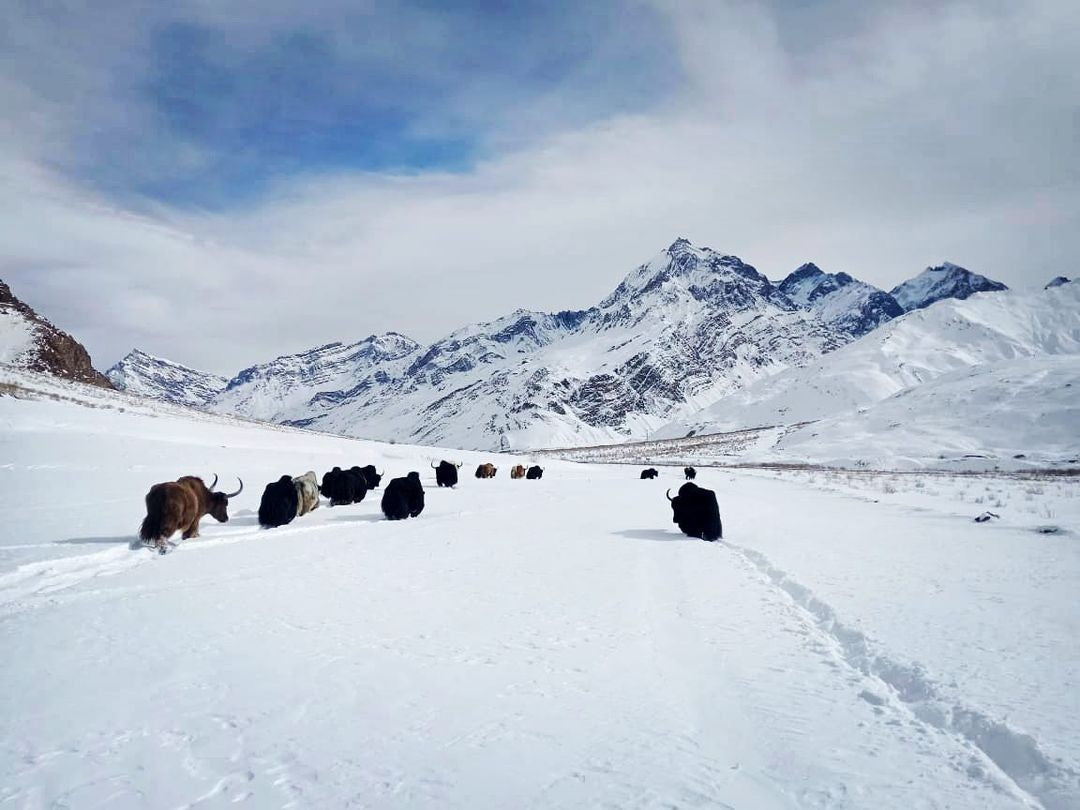
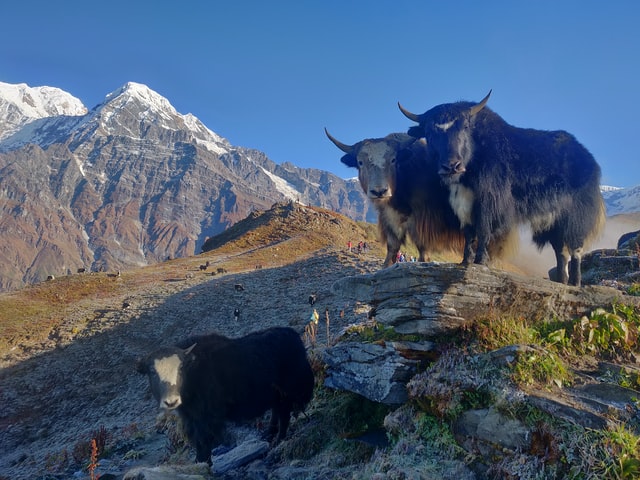
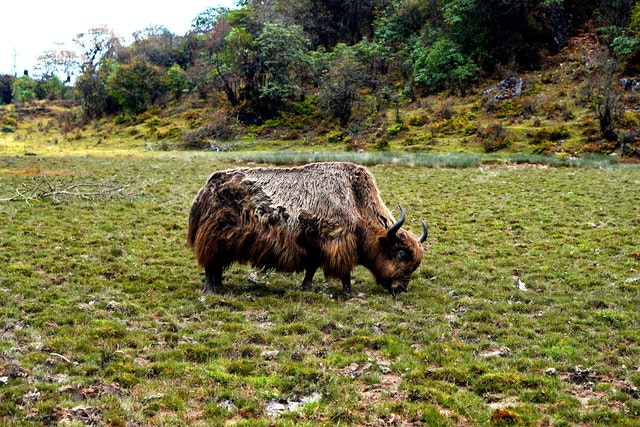
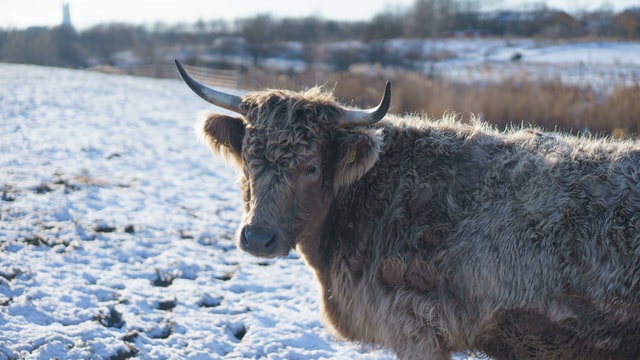
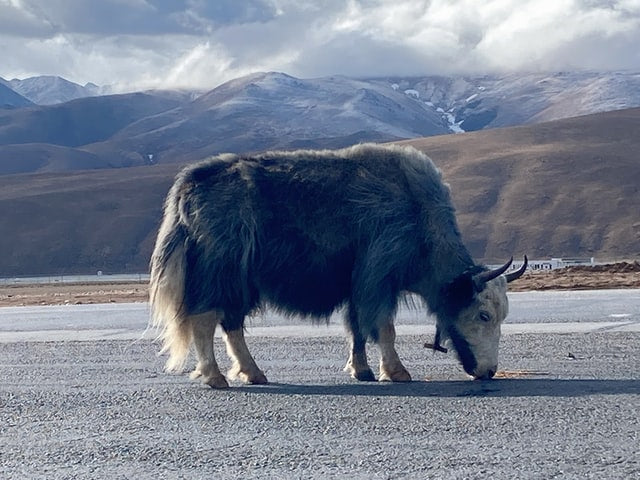
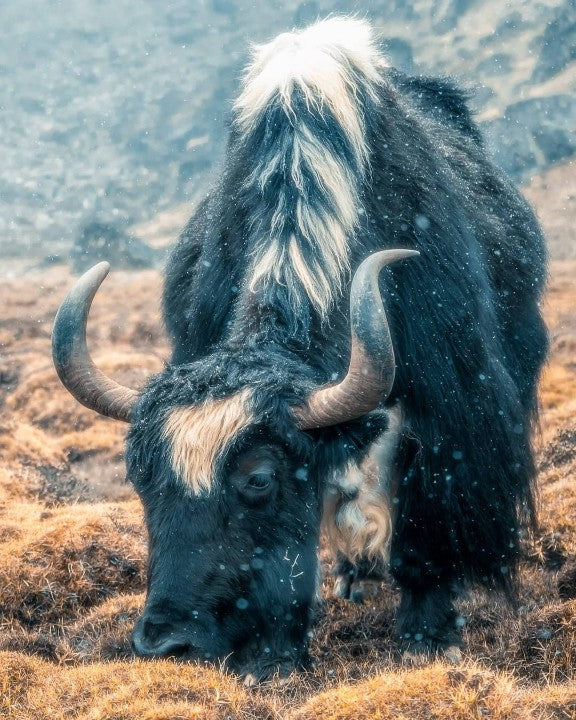
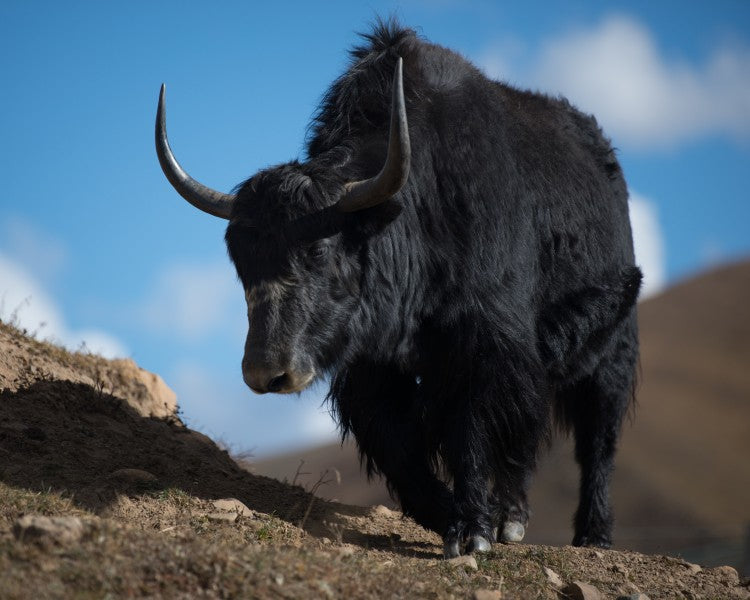
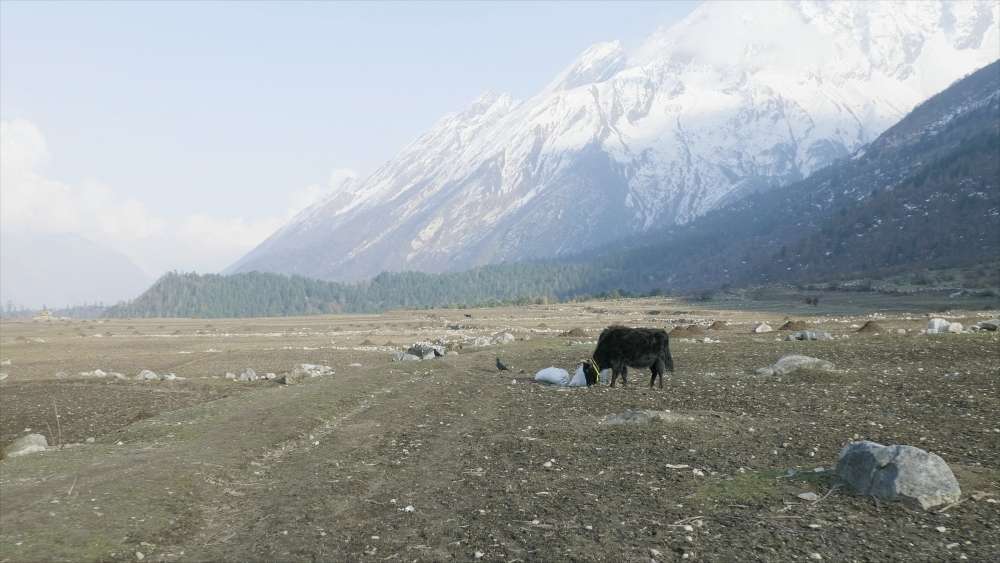

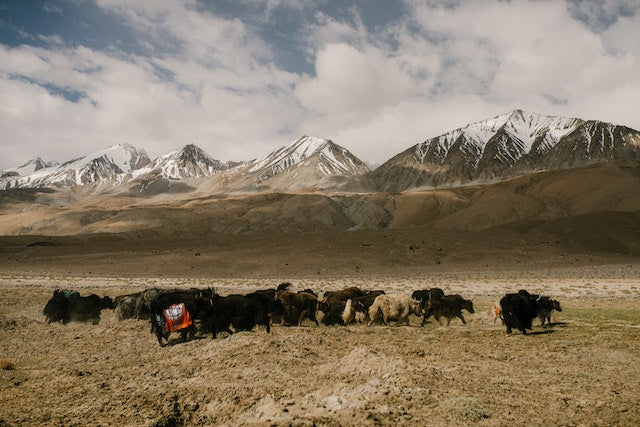

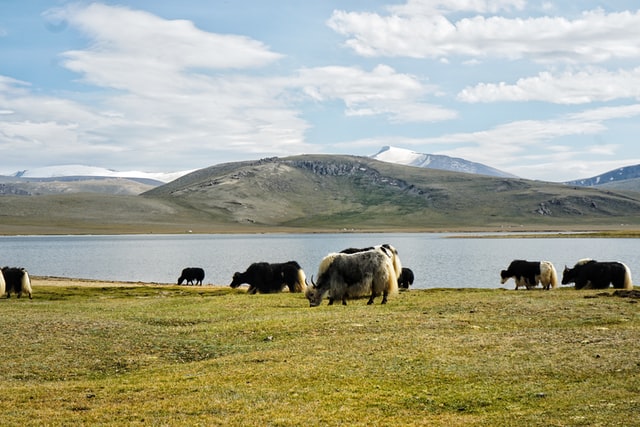
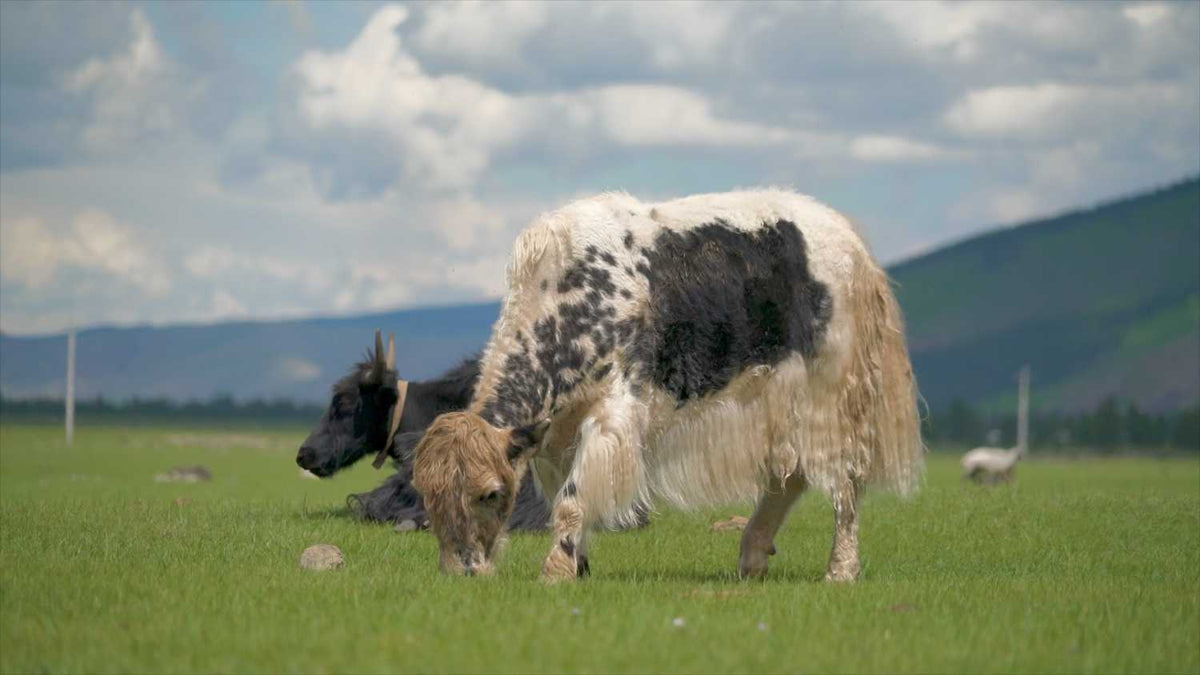
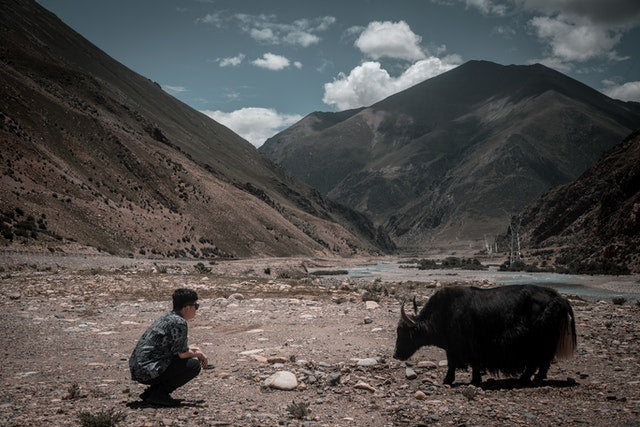

Yak Wool, What's So Special About It?
Ideal for #repeat wear because of its comfort, durability, and antimicrobial properties.
Odor-Resistant
Wear all the time. Our materials don't trap odor.

Machine Washable
Easy to care for, while rarely needing a wash.

Soft
Our materials are similar in hand-feel to cashmere.
Breathable
More breathable than cashmere & lambswool.
Insulating
Yak naturally weather cold -40° F winters.
Sustainable
Far better for the planet than synthetics.

Yak Wool Is Perfect For All-Season Sweaters
Yak wool is versatile by evolution. Over thousands of years, yaks have evolved to survive and thrive in the unforgiving high-altitude climate of the Himalayas.
The Tibetan yak lives comfortably at 15,000ft - 20,000ft and is the highest dwelling wool-bearing mammal in the world. Extreme conditions have forced these magnificent beasts to grow some pretty remarkable fibers.
Khullu ("coo-loo") is the fiber grown around the neck and belly of yak.
Khullu is known for its comfort, durability, and antimicrobial properties.
Khullu is some of the highest performing wool, we’d even go so far as to say it’s the world's best wool.
The fiber is extremely durable while maintaining a soft and luxurious hand feel. Products made from yak wool last for decades, particularly if they’re manufactured properly (we 3D-knit ours).
The natural properties of yak wool make it ideal for repeat wear. That’s exactly why we use it in our go-to sweaters.
Field Test Our Best Selling Khullu All-Season Sweater
Challenge yourself and our sweaters. Wear our sweater for 1 week, give feedback, and it's free.

What Are Yak Wool's Properties/Benefits
Wool comes in many different forms with different feels and functions.
Animals in the families of sheep, goats, yak, camel, and even ox produce a fiber broadly called "wool."
All wool has crimps, which are little natural “waves’ in the fiber. These crimps are largely responsible for the amazing utility of wool.

- Thermoregulation: As the highest dwelling mammals in the world, yak live through a big range of temperatures, and over time they developed hollow fibers in addition to crimps. The combination creates dynamic air pockets that regulate temperature, insulating yak in extreme colds and cooling them in extreme heat.
- Antimicrobial: Yak wool is very antimicrobial, as sweat is absorbed from the skin's surface it travels outwards where it evaporates. In the process, the yak fibers actively bind and isolate bacteria. The isolation of bacteria reduces odor to the point where unwashed khullu has 66% less odor intensity than plastic-based fibers and 28% less than cotton fabrics.
- Moisture-Wicking: Wool can absorb and retain up to 35% of its weight in moisture and still feel dry to the touch, which reduces sweat buildup and discourages bacterial growth. Yak fiber is particularly good at this transporting moisture away from the skin 17% faster than pure merino wool.
- Durability: The crimps in wool are akin to a molecular coil spring. This allows wool fibers to be stretched up to 50% of their length when wet / 30% when dry and still bounce back to their original shape when stress is released.
How Does Yak Wool Compare To Others?
How does yak wool stack up against other materials such as merino, cashmere, cotton, tencel, viscose, and other synthetics?
Scroll ➡
| Yak Wool | Merino | Alpaca | Cashmere | Cotton | Tencel | Viscose | Polyester | |
|---|---|---|---|---|---|---|---|---|
| Antimicrobial | ✅ | ✅ | ✅ | ✅ | ❌ | ✅ | ❌ | ❌ |
| Breathability | ✅ | ✅ | ✅ | ✅ | ✅ | ✅ | ❌ | ❌ |
| Thermoregulation | ✅ | ✅ | ✅ | ✅ | ❌ | ❌ | ❌ | ❌ |
| Moisture-Wicking | ✅ | ✅ | ✅ | ✅ | ❌ | ✅ | ❌ | ❌ |
| Durability | ✅ | ✅ | ✅ | ✅ | ✅ | ✅ | ✅ | ✅ |
| Sustainability | ✅ | ✅ | ✅ | ❌ | ❌ | ✅ | ❌ | ❌ |
- Yak Wool Vs Polyester: Everything beats polyester, the only benefit to synthetic fibers is softness. However, it comes at a cost, the fine synthetic fibers required to make a polyester soft shed into the water system with each wash and are the leading cause of microplastic pollution.
- Yak Wool Vs Cotton: Khullu beats cotton in almost every way. it’s a far better thermoregulator and significantly more durable. While cotton might be breathable its poor wicking abilities cause it to retain odors.
- Yak Wool Vs Alpaca: Yak wool and alpaca wool are both soft and popular for high-quality knitwear, and both are more environmentally sustainable than cashmere. Yak wool is generally more durable and resilient due to its higher tensile strength. Additionally, yak wool may be slightly warmer than alpaca wool because its higher crimp allows it to retain more heat, particularly in looser knit fabrics where air pockets enhance insulation.
- Yak Wool Vs Merino: Yak and merino are extremely similar, yak is almost like a super version of merino. A little more antimicrobial, a little more thermoregulating, a little softer, and a little more expensive.
- Yak Wool Vs Cashmere: Yak wool is often considered a sustainable alternative to cashmere. It’s soft like cashmere and easy to care for, unlike cashmere. It’s also 30% warmer and 2x more breathable than cashmere.

How Sustainable Is Yak Wool?
Wool is naturally the most sustainable material to use when making clothing, it’s regenerative, biodegradable, and durable.
Yak plays a key ecological role within the regions they inhabit.
Besides recycling nutrients through their gentle manner of grazing and fertilizing dung, yak are central to human life.
They have partnered with nomadic herders for centuries.
Yak are gentle grazing animals meaning they have footsteps as soft as their khullu and short tongues that only remove the top of plants.
Other fiber-producing animals like cashmere goats pull up the grass by the roots, destroying the plainlands they inhabit.
Yak on the other hand lives nomadically throughout the mountains grazing by only removing the top of plants instead of their whole root.
Gentle grazing, nomadic lifestyle, and ecological contribution make yak fiber one of the most sustainable wools in the world.
Stop Wearing Plastic And Switch To Yak Wool
Wear yak wool: warmth without bulk, softness without compromise.
See more ➡

Why Isn’t Yak Wool More Popular?
Tibetan communities have been using yak wool for centuries.
However, the emergence of cheap durable synthetics has reduced its use to ceremonial garb only.
The demand for the luxurious wool has ebbed and flowed but has not caught on due to readily available alternatives such as cashmere, merino wool, and alpaca, which are naturally white and therefore easier to dye than the naturally brown yak.
However, change is on the horizon, as the impact of overgrazing cashmere goats becomes more and more clear companies and consumers are looking for a sustainable alternative.

Scroll ➡
| Yak Wool | Merino | Alpaca | Cashmere | |
|---|---|---|---|---|
| Nomadic Herding | ✅ | ❌ | ✅ | ✅ |
| Gentle Grazing | ✅ | ✅ | ✅ | ❌ |
| Viable Herd Size | ✅ | ✅ | ✅ | ❌ |
| High Fiber Yield | ✅ | ✅ | ✅ | ❌ |

Does It Hurt The Yaks To Comb Their Fiber?
Every spring, yaks naturally shed fiber. The herders collect it by brushing the animals. Some fiber can also be hand-collected by herders as it sheds.
Yaks are healthier when their wool is combed out.
The process of gathering khullu helps yak keep cool leading into the 90°F summers. Yaks are kept by nomadic herders so they aren't locked away in cages or confined to small pens.

Khullu And Other Types Of Yak Fiber
Yak grow three types of wool.
The first layer sits directly on the skin and is very fine.
This layer is often referred to as yak down or khullu and is what we use to make our sweaters.
The second layer of fur is known as the transitional layer. It’s coarser wool that may be used as insulation or combined with the topcoat to make various products.
The final layer is the topcoat, an extremely coarse canvas like wool used to make tents and ropes.
When woven tightly yak topcoat is waterproof.


Where Does Yak Wool Come From?
Yaks live high up in mountainous regions of Tibet and Central Asia.
They have a long history dating back to the Pleistocene Period, which means that yak shared the land with the woolly mammoths, giant sloths, and short-faced bears!
Over the last 10,000 years, the vast population of wild yak has been domesticated.
Though domesticated, yaks still roam semi-wild with nomadic herders throughout the high passes of the Himalayas, the Tibetan Plateau, and the interior of Mongolia.
There is even a growing population of domesticated yak in the United States.








